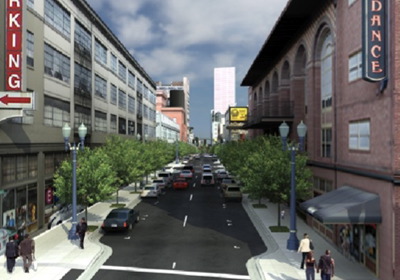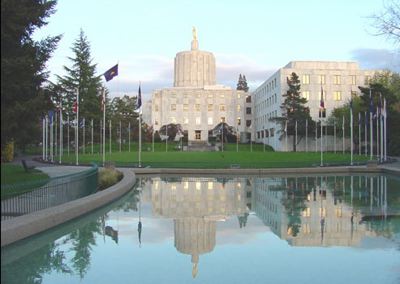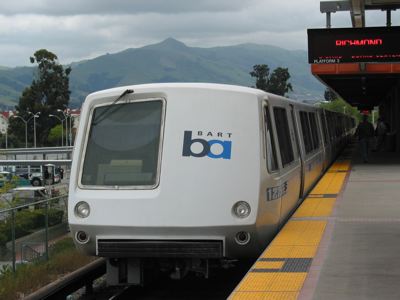The Government Accountability Office (which I still think of by the easier-to-say and more accurate name of General Accounting Office) has identified a number of federal programs that are “high risk due to their greater vulnerabilities to fraud, waste, abuse, and mismanagement.” This year, it has added transportation to this High-Risk Series.
“Revenues from traditional funding mechanisms may not keep pace with demand,” says the GAO. This problem is compounded by “the absence of a link between federal grant funding levels and specific performance-related goals and outcomes, resulting in little assurance that federal funding is being channeled to the nation’s most critical mobility needs.”










